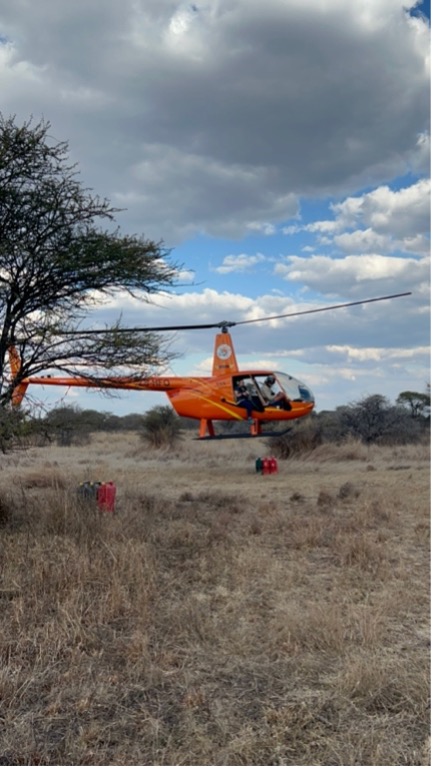Gene Therapy for Osteoarthritis: Kinematic Analysis
 Friday, May 3, 2013 at 09:06AM
Friday, May 3, 2013 at 09:06AM Entry, Cases/Abstracts
Nichole Hughes, University of Florida
 Steve Ghivizzani, MD; Patrick T. Colahan, DVM; Nichole Hughes
Steve Ghivizzani, MD; Patrick T. Colahan, DVM; Nichole Hughes
Department of Large Animal Clinical Sciences, University of Florida College of Veterinary Medicine, Gainesville FL
Department of Orthopedics and Rehabilitation, University of Florida College of Medicine, Gainesville FL
Research supported by Merial
Osteoarthritis (OA) is one of the most prevalent diseases worldwide, causing chronic joint pain and progressive immobility due to the erosion of articular cartilage, subchondral bone sclerosis, and osteophyte formation. Though OA is widely unaffected by current treatments, experimentation has shown that local gene delivery of IL-1Ra (receptor antagonist) using scAAV (self-complimentary adeno-associated virus) vectors can have a significant effect in disease progression in animal models and allow sustained levels of IL-1Ra in the joint.  This project uses kinematic analysis to evaluate the capacity of scAAV-mediated delivery of equine-IL-1Ra to block the development of experimental arthritis in the equine joint. To evaluate the therapeutic efficacy of scAAV-eqIL-1Ra, an osteochondral fragment (OCF) model is used to simulate the pathobiology of OA. After a recovery period, scAAV-eqIL-1Ra and placebo (saline) are delivered to the experimental and control groups, respectively. Motion analysis is conducted weekly on a high speed treadmill for 12 weeks. Quantifiable changes in kinematics are measured using Lameness Locator® software.
This project uses kinematic analysis to evaluate the capacity of scAAV-mediated delivery of equine-IL-1Ra to block the development of experimental arthritis in the equine joint. To evaluate the therapeutic efficacy of scAAV-eqIL-1Ra, an osteochondral fragment (OCF) model is used to simulate the pathobiology of OA. After a recovery period, scAAV-eqIL-1Ra and placebo (saline) are delivered to the experimental and control groups, respectively. Motion analysis is conducted weekly on a high speed treadmill for 12 weeks. Quantifiable changes in kinematics are measured using Lameness Locator® software.
It is expected that local, intra-articular treatment with scAAV-eqIL-1Ra will provide protection from the development of the articular pathologies associated with OA. Relative to placebo controls, treated animals should have reduced pain and improved mobility, thus resulting in a reduction in lameness as analyzed by the Lameness Locator.  Thus far, only 5/20 horses have completed the project. The kinematic analysis of these 5 horses shows that the placebo improves lameness at a rate 2.5 times faster than treatment with scAAV-eqIL-1Ra. However, it is too early to use these preliminary results to determine the overall efficacy of the therapy. Ultimately the final data from this part of the study will be compiled with MRI, radiography, arthroscopy, and data generated from recovered fluids and tissue biopsies to provide a comprehensive description of the effects of the gene based treatment. Based on these efficacy models in horses, we can gain insight on the use of gene transfer on a human scale as a therapy for osteoarthritis.
Thus far, only 5/20 horses have completed the project. The kinematic analysis of these 5 horses shows that the placebo improves lameness at a rate 2.5 times faster than treatment with scAAV-eqIL-1Ra. However, it is too early to use these preliminary results to determine the overall efficacy of the therapy. Ultimately the final data from this part of the study will be compiled with MRI, radiography, arthroscopy, and data generated from recovered fluids and tissue biopsies to provide a comprehensive description of the effects of the gene based treatment. Based on these efficacy models in horses, we can gain insight on the use of gene transfer on a human scale as a therapy for osteoarthritis.
 abstract,
abstract,  equine,
equine,  lameness,
lameness,  osteoarthritis,
osteoarthritis,  research in
research in  Cases/Abstracts
Cases/Abstracts 